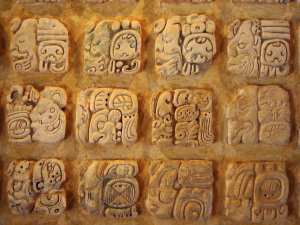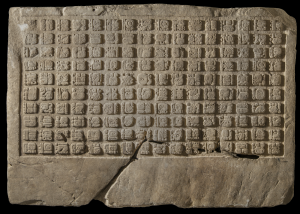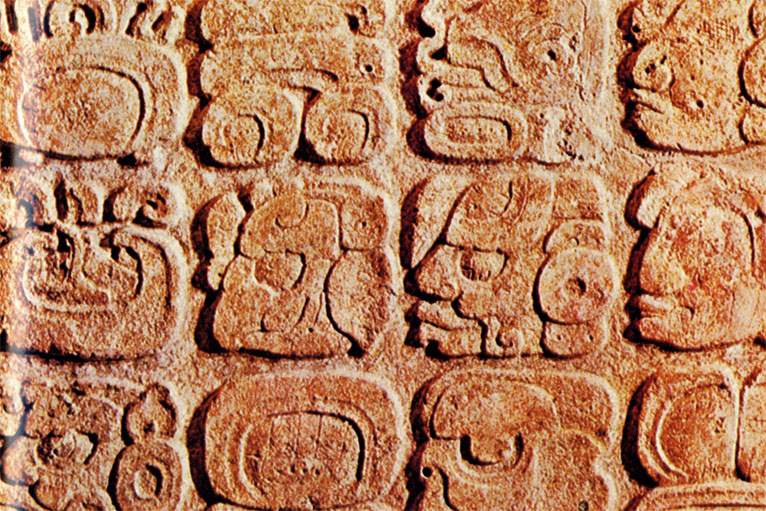An international team of researchers has reconstructed the Maya language and deciphered the hieroglyphic script of the Indians and translate english to tagalog correct grammar. “It’s like the structure of the Latin language has been grasped for the first time,” says Nikolai Grube, a German Mayan inscription specialist at the University of Texas at Austin. In one collection, 13 European and North American experts presented the first comprehensive description of the grammar and phonetics of the language of the highly developed culture of Central America, preserved in the form of hieroglyphic writing.
Reconstruction of grammar
The book, published in June 2004, states that the Mayan writing system is composed of unusually complex phonetic elements. The basis of the presentation was the restored structure of the ancient Maya grammar. “We now understand how language works,” says editor Søren Wichmann of the Max Planck Institute for Evolutionary Anthropology in Leipzig.
Syllabic writing or pictography?
A few decades ago, it seemed completely impossible to decipher the meanings of curls, strokes, dots, images of animals and people. Ever since scientists discovered these symbols in sanctuaries on the plains of Central America in the 19th century, experts have unequivocally believed that they were pictographs. But if this were so, there would be no indication of the sound formation of the language, and abstract meanings, such as grammatical functional words, would not be possible to isolate and reproduce from concrete images.
750 decrypted characters
In 1950, the Soviet linguist Yuri Knorozov formulated the position according to which Mayan hieroglyphs – like Egyptian ones – consist of a mixture of syllabic characters and pictograms. His thesis received recognition only 20 years later. And only at the beginning of the XXI century there was a breakthrough in decoding the Maya inscriptions: it was proved that three out of thirty modern Mayan languages can be unambiguously called hieroglyphic writing, these are chontal, chorty and chol. “The carriers are the descendants of the Chol tribe, which in its heyday was for the most part a real elite,” says Grube. Today, 130,000 of their descendants live on the brink of poverty, mainly growing corn.
Linguistic crossword
To unravel the only writing system on the American continents, fully developed even before the European conquest, each symbol is cataloged, examined in combination with other symbols, and brought into line with the existing linguistic, cultural and archaeological knowledge. According to Nikolai Grube, all this resembles solving a crossword puzzle, when, as the fields are filled in, it becomes easier to solve other words.
Features of the Mayan language
According to the research of scientists, the verbs of the ancient Maya had no sign of tense. Instead, based on the calendar, they developed the exact adverbs of time: for example, there was only one word for the phrase “8 thousand years ago”. The Maya did not distinguish between singular and plural forms, but put numbers in front of the corresponding words. Sentences began with a predicate, and ended with a subject, using many passive constructions. Here is a literal translation of a typical Mayan inscription: “Yesterday two enemies are caught – a living being – thanks to the divine king.” The Maya language was characterized by a variety of hissing sounds (such as [w]) and a hard onset (as on the border of syllables in the German word Be-amter). All this was conveyed by various hieroglyphs.
Destroyed written sources
The surviving texts, of which about 70 percent have been deciphered, are of a religious nature and tell about the military campaigns of the Mayan rulers. Writers recorded these events during the heyday of Mayan culture (approximately 250-900 CE) on the walls of temples and sanctuaries, on stone columns and altars, as well as in books. Thousands of books by the Maya tribes were burned by the Spanish conquistadors, who banned the use of the old hieroglyphic script.

